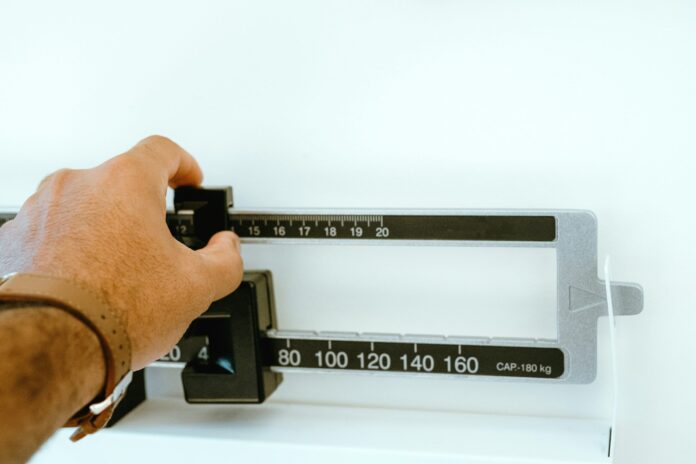This is just a glimpse of the GLP-1 insights available to CivicScience clients. Want to see the full picture? Let’s talk.
After months of continuously collecting data on GLP-1 usage, the CivicScience’s GLP-1 Consumer Tracker now includes insights from 118K GLP-1 users, allowing us to delve into the far-reaching effects these medications have on society, culture, and the economy. Each month, this report provides insight into how the behaviors and attitudes of GLP-1 (e.g., Ozempic, Wegovy, etc.) users are transforming and how they’re impacting a range of industries from healthcare to retail, food service, fitness, apparel, and even travel. Here’s a preview of the insights available in the full report – learn how you can gain access here.
Answer our Poll: Would you ever use a weight loss drug like Ozempic?
1. Current users report several significant lifestyle shifts since starting GLP-1 medications.
GLP-1 medications are impacting more than just users’ physical health; they’re also transforming daily routines and social habits. Report data indicate that current GLP-1 users are now snacking, dining out, and drinking alcohol less frequently than before starting these medications. At the same time, they are more likely to engage in regular exercise and use vitamins compared to before starting GLP-1 drugs.

2. Over half of current users say they’ve changed their dining habits since starting the medication.
With GLP-1 drugs suppressing appetite, it’s no surprise that users are shifting their dining habits. Report data found that current users are most likely to be eating smaller portions, eating healthier foods, and dining out less often. Additionally, brands are starting to take notice of shifting dining habits among GLP-1 users. Nestlé, for example, recently launched Vital Pursuit, a frozen food line designed specifically for GLP-1 users. This aligns with additional CivicScience data showing that GLP-1 users over-index as frozen food eaters.

3. GLP-1 users are much more likely to report using mental health services.
In October, overall emotional well-being declined slightly among GLP-1 users, with feelings of worry and excitement the strongest. The decline in well-being aligns with additional data showing that GLP-1 users are much more likely to use mental health services, such as psychiatry, counseling, and medication/self-care apps, than similar demographics who don’t take GLP-1 drugs. Mental health support may also serve as a way for users to manage the feelings of being judged for using GLP-1s.

As the GLP-1 landscape evolves, understanding its broader societal impacts has never been more crucial. CivicScience’s GLP-1 Consumer Tracker offers unparalleled insight into how these medications are reshaping consumer behavior and impacting countless industries.
See all the data and stay updated with in-depth insights from the monthly CivicScience Ozempic and GLP-1 Consumer Tracker.
Read More: Ozempic Report Insights: Lifestyle Changes, Dining Habits, and Mental Health


